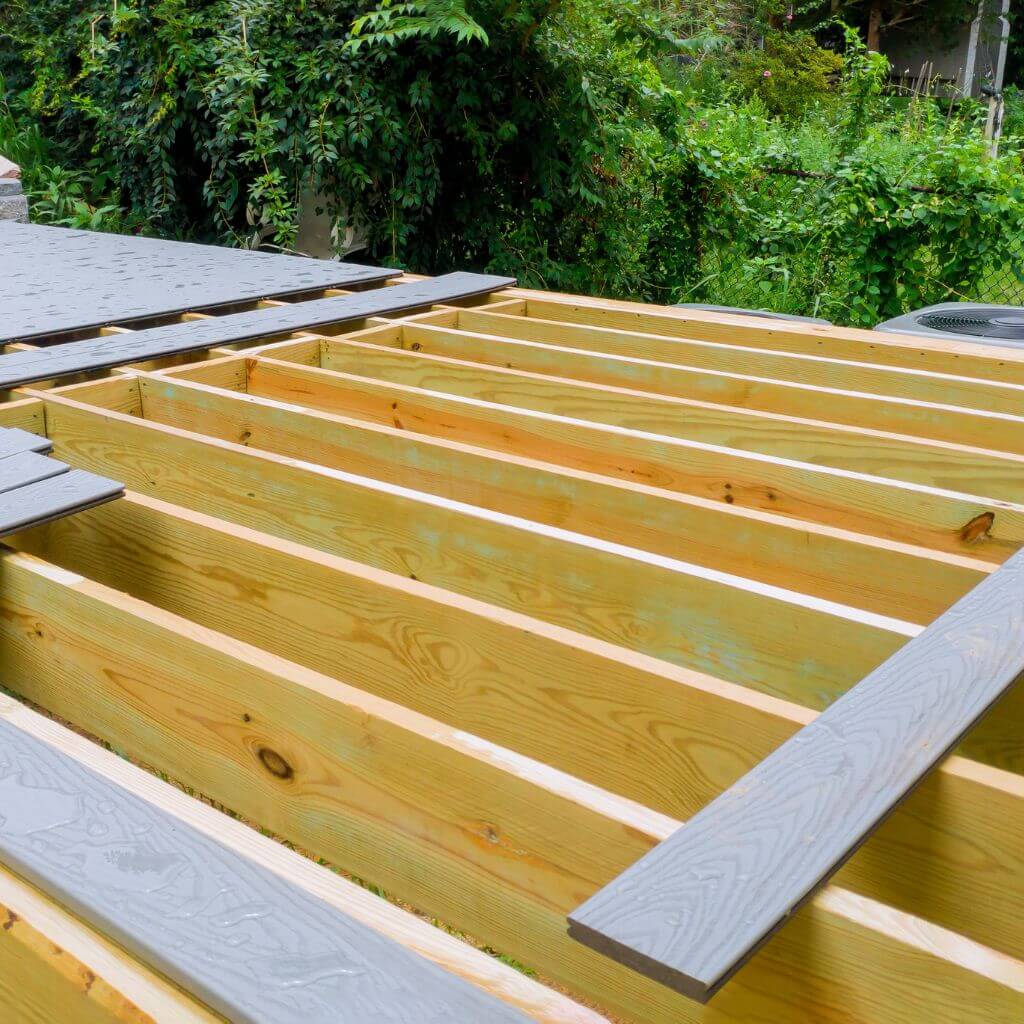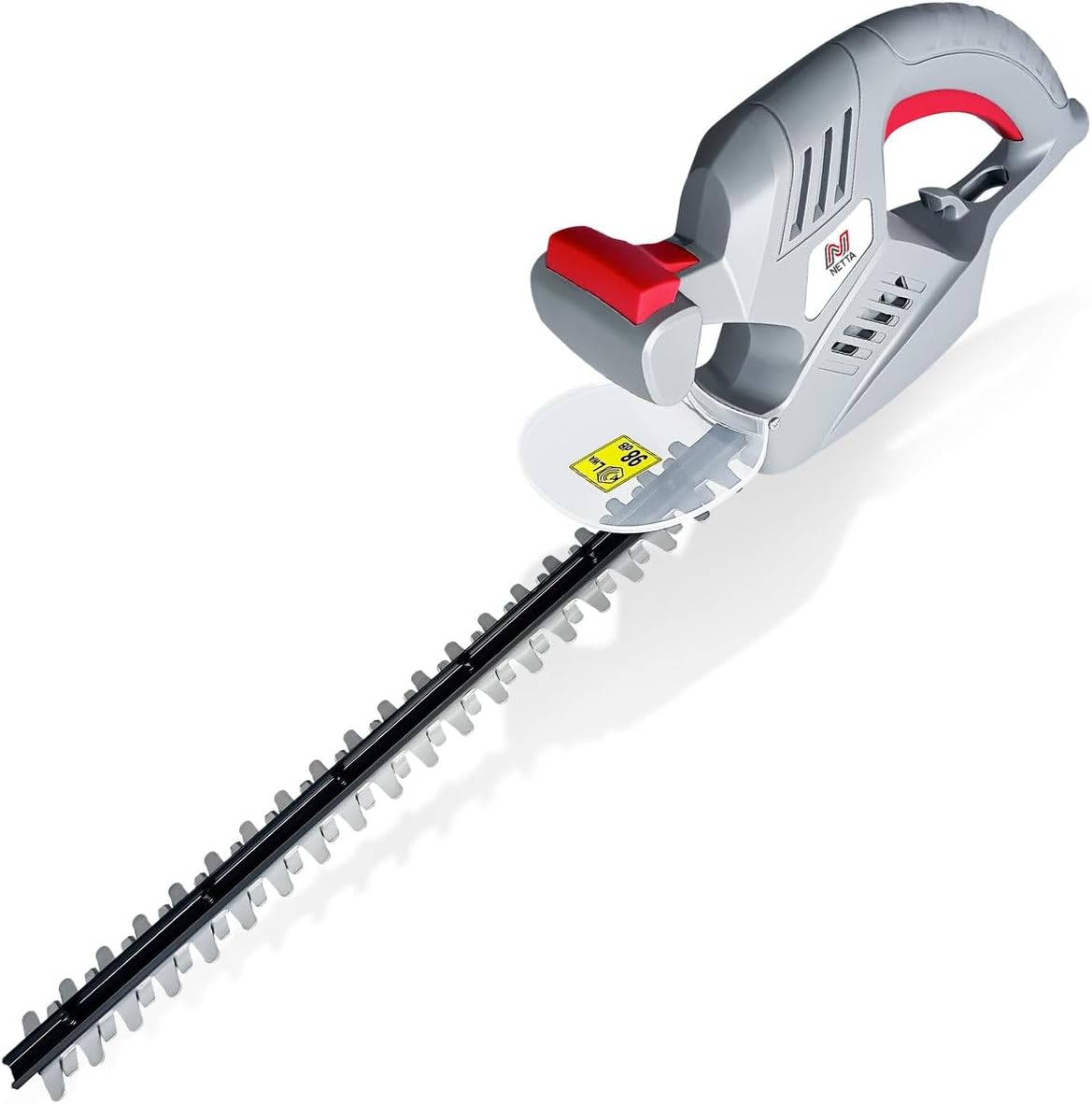
Imagine you’re sitting in your backyard, basking in the warm sunlight with a refreshing drink in hand. The only missing piece to complete your outdoor oasis is a beautiful deck. But here comes the big question – should you go for traditional wood decking or opt for the modern composite decking? Well, in this article, we’ll explore the key differences between these two options, so you can make an informed decision that suits your needs and turns your dream deck into a reality.
1. Material Composition | Composite Decking and Wood Decking
Composite Decking
Composite decking is made from a combination of wood fibers, recycled plastics, and binding agents. It is a synthetic material that mimics the look and feel of wood while offering enhanced durability and resistance to various elements. The wood fibers used in composite decking are often sourced from reclaimed or recycled materials, making it an eco-friendly choice.
Wood Decking
Wood decking, as the name suggests, is made solely from natural wood. It is available in different species, such as cedar, redwood, or treated lumber. Wood decking provides a traditional and rustic aesthetic look to outdoor spaces. However, it may require regular maintenance to prevent decay and weathering.
2. Appearance
Composite Decking
Composite decking is designed to replicate the appearance of wood but with added benefits. It comes in a wide range of colors, finishes, and textures. You can choose from various grain patterns to match your desired aesthetic. Composite decking provides a consistent and uniform look, as each board is manufactured to have the same appearance.
Wood Decking
Wood decking offers a natural and timeless beauty that many homeowners appreciate. Each piece of wood has its unique characteristics, such as grain patterns and color variations, which adds depth and charm to the overall appearance of the deck. Over time, wood decking may weather and develop a grayish hue, which some people find appealing.

3. Durability
Composite Decking
Composite decking is highly durable and resistant to cracking, splitting, and warping. It does not rot or splinter, making it a safer option, especially for families with children or pets. Composite decking is also resistant to insect damage and does not require regular sealing or staining. It can withstand exposure to harsh weather conditions, including extreme heat or cold, without significant damage.
Wood Decking
Wood decking, while naturally strong, is susceptible to rotting, splintering, and insect infestation if not properly maintained. It may warp or crack over time due to prolonged exposure to moisture and sunlight. To ensure the durability of wood decking, regular sealing, staining, and treating are necessary. However, even with maintenance, wood decking may require more frequent repairs or replacement compared to composite decking.
4. Maintenance
Composite Decking
One of the main advantages of composite decking is its low maintenance requirements. Unlike wood decking, composite decking does not require annual staining, sealing, or painting. It can be easily cleaned with soap and water or a mild detergent. While occasional sweeping or power washing may be necessary to remove debris or stains, composite decking retains its appearance and durability without extensive maintenance.
Wood Decking
Wood decking requires regular maintenance to preserve its beauty and structural integrity. It needs to be sealed or stained every one to two years to protect against moisture, UV rays, and other outdoor elements. Cleaning wood decking typically involves sweeping, scrubbing with a deck cleaner, and applying a protective sealant or stain. Failure to maintain wood decking can lead to rot, warping, and discoloration.
5. Cost
Composite Decking
Composite decking tends to have a higher upfront cost compared to wood decking. However, its long-term benefits may outweigh the initial investment. While the exact pricing varies depending on the brand, quality, and installation factors, composite decking is generally more expensive due to its durability and low maintenance requirements. It is important to consider the overall lifetime cost when evaluating composite decking.
Wood Decking
Wood decking often has a lower initial cost compared to composite decking. The price can vary depending on the type of wood species chosen and its availability. However, the long-term costs of wood decking may be higher due to regular maintenance and potential repairs or replacements. It is necessary to budget for staining, sealing, and periodic repairs to ensure the longevity of wood decking.
6. Environmental Impact
Composite Decking
Composite decking can be considered environmentally friendly due to its use of recycled materials. The wood fibers used in composite decking often come from reclaimed or recycled sources, reducing the demand for virgin wood. Additionally, composite decking does not require chemical treatments, such as pressure treatment, which helps minimize the use of harmful substances.
Wood Decking
Wood decking, especially if sourced from sustainably managed forests or FSC-certified suppliers, can be an environmentally friendly option. However, the harvesting and processing of wood contribute to deforestation and carbon emissions. It is essential to choose responsibly sourced wood and consider the impact on natural ecosystems when opting for wood decking.
7. Installation
Composite Decking
Composite decking is relatively easy to install, especially if using pre-made composite decking boards. It often comes with a hidden fastening system, allowing for a seamless and uniform appearance. The boards are designed to be lightweight and straightforward to work with. However, it is recommended to hire a professional installer for proper installation, as composite decking may require specific techniques and tools.
Wood Decking
Wood decking installation can be more labor-intensive compared to composite decking. It involves cutting, drilling, and nailing the individual boards to create the deck structure. The use of pressure-treated lumber or specialized fasteners may be necessary to prevent wood decay or movement. While skilled DIYers can install wood decking, professional installation ensures optimal results and adherence to building codes.

8. Resistance to Elements
Composite Decking
Composite decking is highly resistant to various elements, including moisture, mold, mildew, and UV rays. It does not absorb water, which minimizes the risk of rot or warping. Composite decking is also less prone to fading or discoloration, ensuring a long-lasting appearance even under constant exposure to sunlight. Additionally, it is resistant to scratches, stains, and food or beverage spills.
Wood Decking
Wood decking is susceptible to damage caused by moisture, mold, mildew, and UV rays. Without proper sealing or staining, wood can absorb water, leading to rotting, warping, and splitting. Exposure to sunlight can cause fading or discoloration over time. While some wood species like cedar or redwood have natural resistance to decay, regular maintenance is required to ensure their durability and protection against the elements.
9. Lifespan
Composite Decking
Composite decking typically has a longer lifespan compared to wood decking. When properly maintained, composite decking can last for 25 to 30 years or more. Its resistance to rot, insects, and other environmental factors contributes to its longevity. However, the exact lifespan may vary depending on the quality of the composite decking material and the level of maintenance it receives.
Wood Decking
Wood decking has an average lifespan of 10 to 15 years with proper maintenance. However, some wood species like cedar or redwood can last longer, up to 20 years or more. Regular cleaning, sealing, and staining are essential to extend the lifespan of wood decking. Without proper maintenance, wood decking can deteriorate more quickly, resulting in the need for repairs or replacement.
10. Conclusion
When considering decking options, both composite and wood decking offer distinct advantages and considerations. Composite decking provides a durable and low-maintenance alternative to wood, with a wide range of aesthetic options. It is highly resistant to elements, has a longer lifespan, and is more environmentally friendly. On the other hand, wood decking offers a natural and timeless look but requires more maintenance and has a shorter lifespan. The choice between composite and wood decking ultimately depends on personal preferences, budget, and desired level of maintenance. By carefully weighing the pros and cons, you can make an informed decision that best suits your needs and creates a beautiful outdoor space for years to come.
Read Comparing Composite Decking Materials: Which is the Best Choice?











